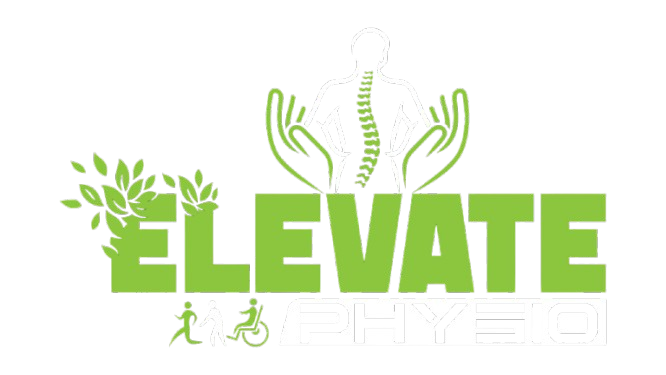Upper Cross Syndrome
What is the condition?
Upper Crossed Syndrome (UCS) is a postural imbalance that occurs when specific muscles in the upper body become overly tight while others become weak. Typically, the chest and upper back muscles are tight, whereas the mid-back and neck muscles are weakened. This imbalance forms an “X” pattern across the body, hence the term “crossed.”
How do you develop it?
UCS often results from staying in a hunched or slouched position for long durations. The body gradually adapts to this poor posture, especially when such movements are frequently repeated. Common scenarios include extended use of smartphones, laptops, or other screens where you’re constantly looking downward.

What problems can it cause?
UCS commonly leads to discomfort such as neck stiffness, shoulder pain, and sometimes a protruding shoulder blade (scapular winging). These symptoms are often worsened by an exaggerated curve in the upper spine and rounded shoulders.
What is the condition?
Upper Crossed Syndrome (UCS) is a postural imbalance that occurs when specific muscles in the upper body become overly tight while others become weak. Typically, the chest and upper back muscles are tight, whereas the mid-back and neck muscles are weakened. This imbalance forms an “X” pattern across the body, hence the term “crossed.”
What results can you expect?
With consistent therapy, noticeable improvements are usually seen within 3 weeks. You’ll experience better posture, reduced pain, and improved mobility in your neck and shoulders.
